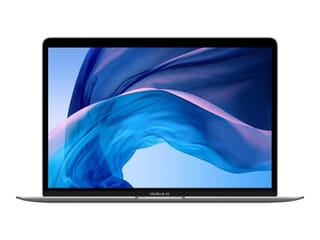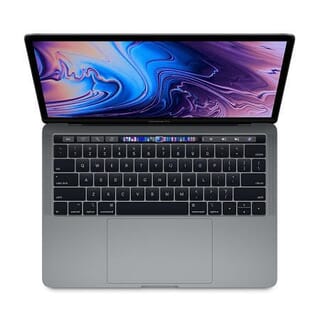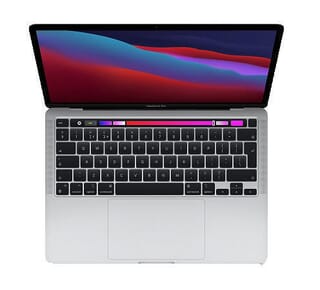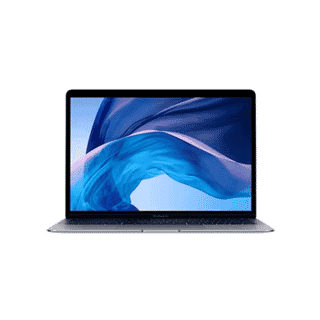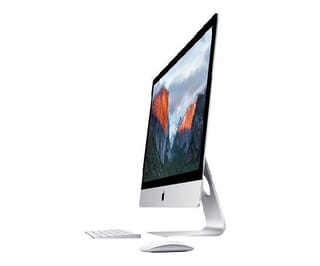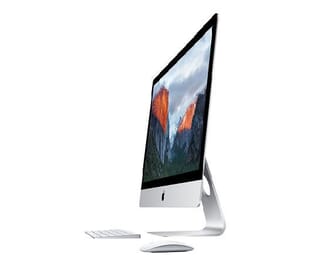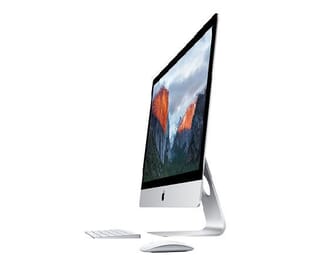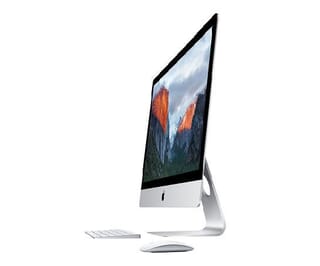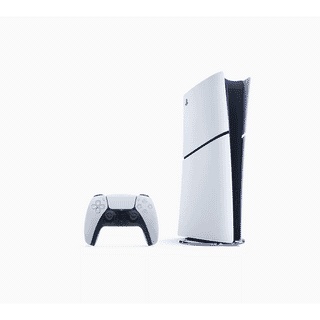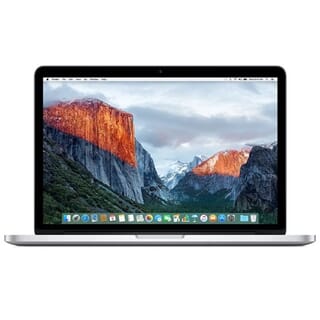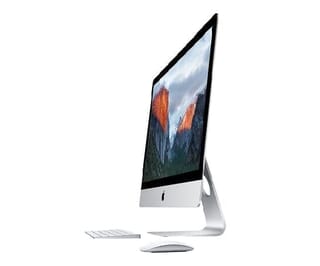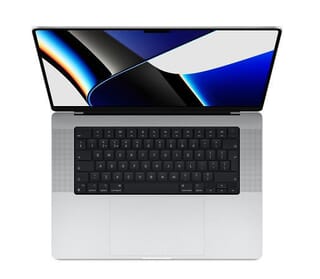Which MacBook Pro will meet your needs? Should you go with the 16GB or 32GB? It’s a question many potential Apple customers have wondered. Apple has high-end 14 and 16-inch MacBook Pro devices. Both offer the M1 Pro chip. And with both, the 16GB of RAM is standard with the ability to upgrade to 32GB of RAM for an additional $400. Let’s take a quick look at the two options.
Apple Devices RAM
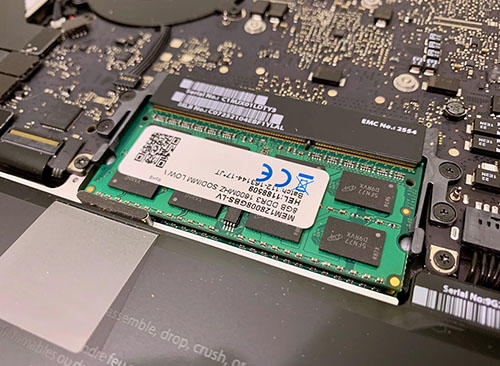
Traditionally speaking, both PCs and Macs have needed more than one chip for the CPU, RAM, and other things. Now that Apple has the silicon chips, these different technologies are made into a single System on Chip, or SoC. This makes it possible to deliver a new level of integration as well as an improvement in performance and efficiency of the device.
The M1 Pro chip, like the M1 chip, has a unified memory architecture. This allows for high-bandwidth and low-latency memory to come together into a single pool for a custom package. That means that all of the different technologies of the SoC can access the data without having to copy it between various pools of memory. The benefit of this? An improvement in memory and efficiency. That’s a win-win.
MacBook Pro 16GB or 32GB RAM
The MacBook Pro’s improved performance of memory comes in part from the substantial differences in memory hardware. It is also due to the 7.4GB/s SSD. The memory is faster than before, and this makes it easier for the system to swap the SSD. This makes for a massive improvement in the performance of the new MacBook Pro even when compared to previous MacBook Pro models. This also beats out most PCs. If you are trying to determine if you should get the 16GB or 32GB, be aware that the difference is not in conventional RAM but a quicker unified memory architecture.
You can purchase some refurbished MacBooks Pro on our website.
The macOS is so great because it optimizes background memory usage. This allows more RAM to be available which increases performance. So higher memory usage does not necessarily mean that you are in need of more memory. One of the ways that the tech works is that the system can swap data on the memory with the SSD when needed. macOS is amazingly able to optimize the pool of memory very efficiently. Keep that in mind when you’re considering if you want to shell out another $400 for 32GB of RAM versus the standard 16GB.
What about real-world comparisons of the 16GB compared to the 32GB? I’m glad you asked. Max Tech did just such a comparison and found that the upgraded 32GB model only performed exports a couple of seconds faster that the 16GB counterpart. Even with multiple apps operating in the background, the difference in performance was almost negligible- just one second. Another test was comparing the exporting of 4K ProRes RAW video. The 16GB MacBook Pro was six seconds behind the 32GB.
Max Tech did a few other tests of performance but found that the MacBook Pro 32GB model wasn’t too far ahead of the 16GB model. The 16GB model didn’t need to reload tabs any more than the 32GB model even with memory intensive tasks. It’s pretty safe to say that the 16GB model is as good as the 32GB. The couple of seconds difference between the devices would not likely be noticed except in a head-to-head comparison of the two.
The Takeaway
Nowadays, with the way Apple makes their MacBook Pro devices, it’s not really a necessity to shell out more cash for more RAM for most casual users or even users who are professionals. You can likely save the money on the RAM upgrade and treat yourself. Perhaps a new iPad or iPhone would be something to spend that extra $400 on? Sure, you could save that money, but where’s the fun in that?
-24125.png)

